In the beginning: 1920s
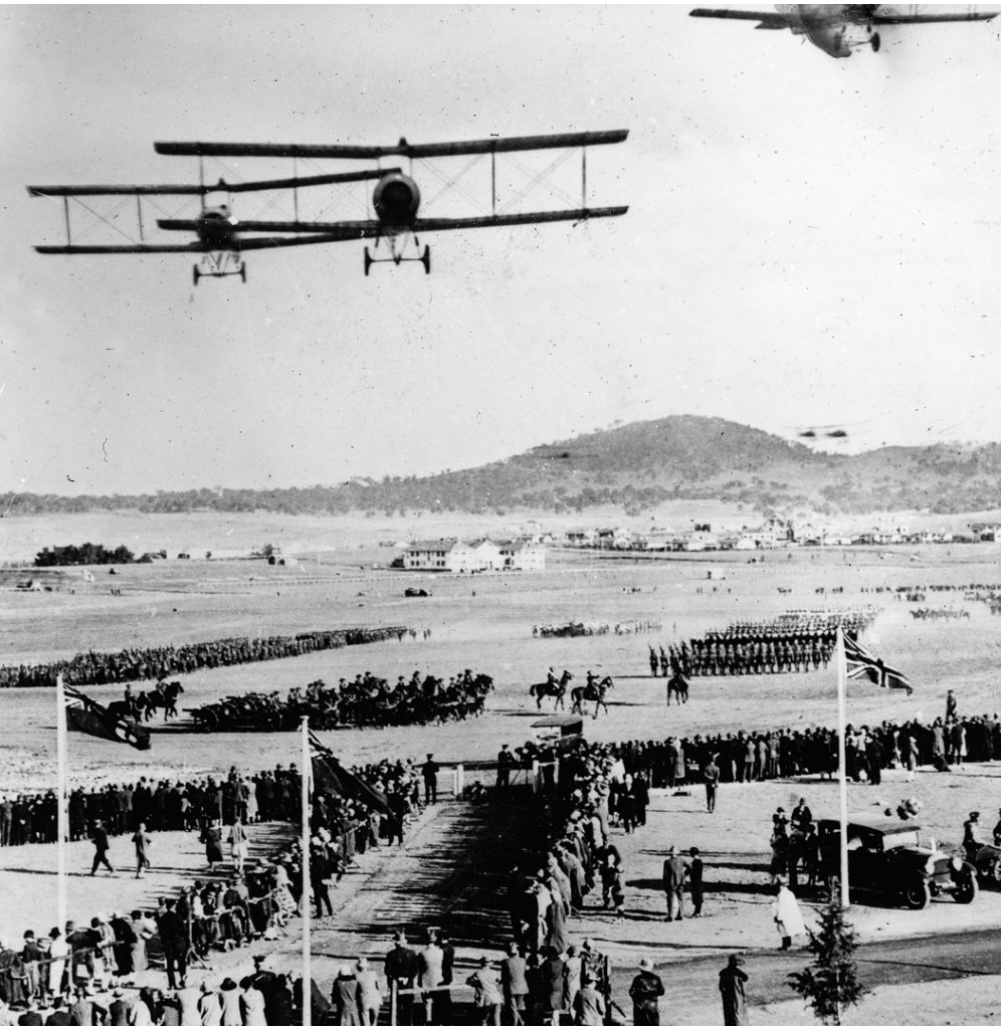 The opening of Parliament House, Canberra, in 1927.
The opening of Parliament House, Canberra, in 1927.
In early 1924, a cleared paddock (now playing fields near the Canberra suburb of Dickson) was the designated airfield for Canberra; known as the Northbourne Aviation Ground.
Canberra was not a scheduled destination for very early airlines and pilots, so the aviation ground was mostly used for emergency landings for aircraft on domestic routes.
In late 1926, Parliament House was almost complete and celebrations were to include a Royal Australian Airforce (RAAF) flying display. The Dickson airfield was considered unsuitable to host the variety of aircraft expected.
Instead, a paddock in the Majura Valley owned by the Campbell family - graziers at the time - was deemed by Airforce Captain Henri Petre to be ‘absolutely ideal for flying’. The paddock had landing distances of ‘not less than 1000 yards in all directions’.
The site, at the corner of Majura Valley Road and Queanbeyan-Duntroon Road, was leased to the Department of Defence. Four years later, it was handed over to the Australian Government's then Civil Aviation Control.
The early days: 1930s to 1998
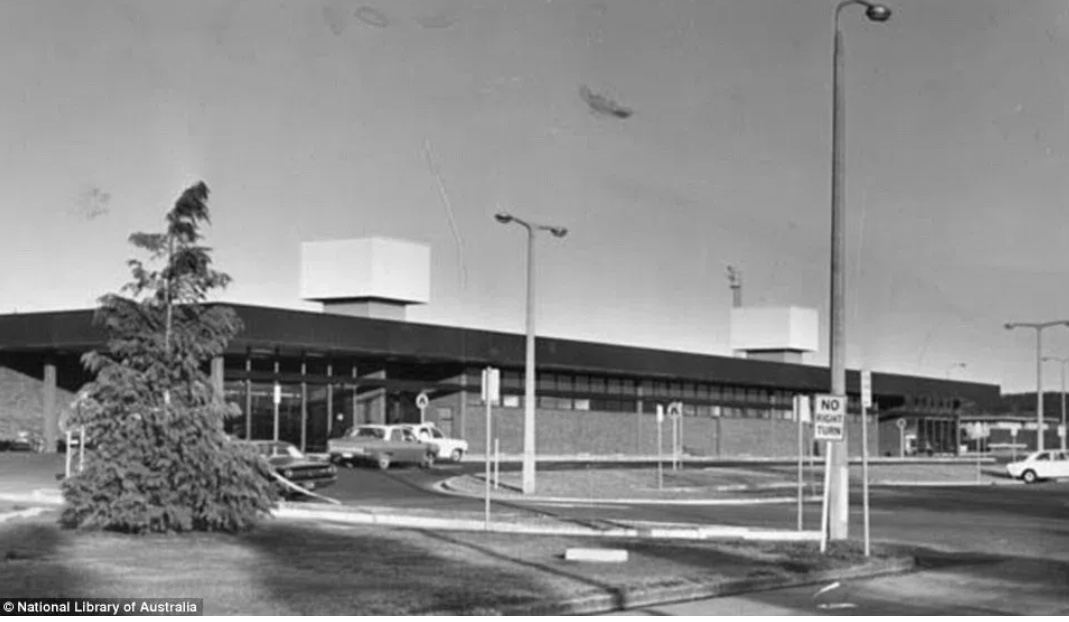 Canberra Airport exterior, December 1968.
Canberra Airport exterior, December 1968.
While the RAAF erected a wooden hut for VIPs attending the opening of Parliament House in 1927, the first building formally documented at the ‘Duntroon Aerodrome’ (later to become Canberra Aerodrome) was a large hangar in 1936: at the site where the northern end of Canberra’s present terminal stands.
By 1939, work had started on the construction of a military base - Fairbairn - on the opposite side of the aerodrome from the civilian hangar.
From this time until 2003, when Fairbairn was decommissioned, the airport operated for the needs of both defence and civil aviation. The only defence presence now on the north-eastern side of the airport operates the Prime Minister’s VIP fleet of aircraft.
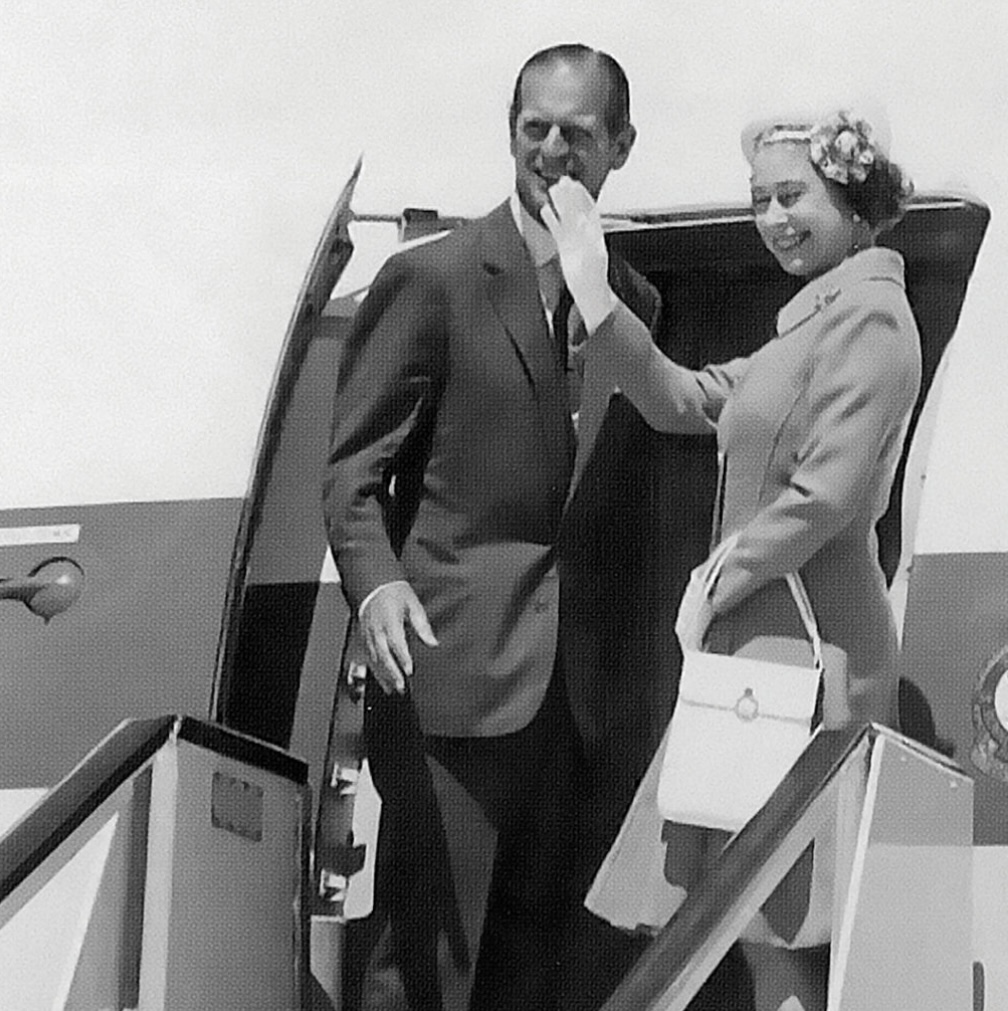 Prince Phillip and Queen Elizabeth visiting Canberra in 1956.
Prince Phillip and Queen Elizabeth visiting Canberra in 1956.
From the 1920s to the 1990s, the airport runways continued to be upgraded and lengthened as aircraft sizes increased and aircraft began landing in Canberra with greater frequency.
The airport terminal also underwent some major changes. Façade improvements were undertaken in the early 1950s, followed by small extensions. Between 1960 and 1970, passenger numbers exploded from 206,096 a year to more than 500,000. In 1970-71, a bigger terminal was built.
The late 1980s saw the opening of the New Parliament House in Canberra and a major restructure of the existing domestic terminal. Rolling additions continued throughout the early 1990s.
Privatisation: 1998
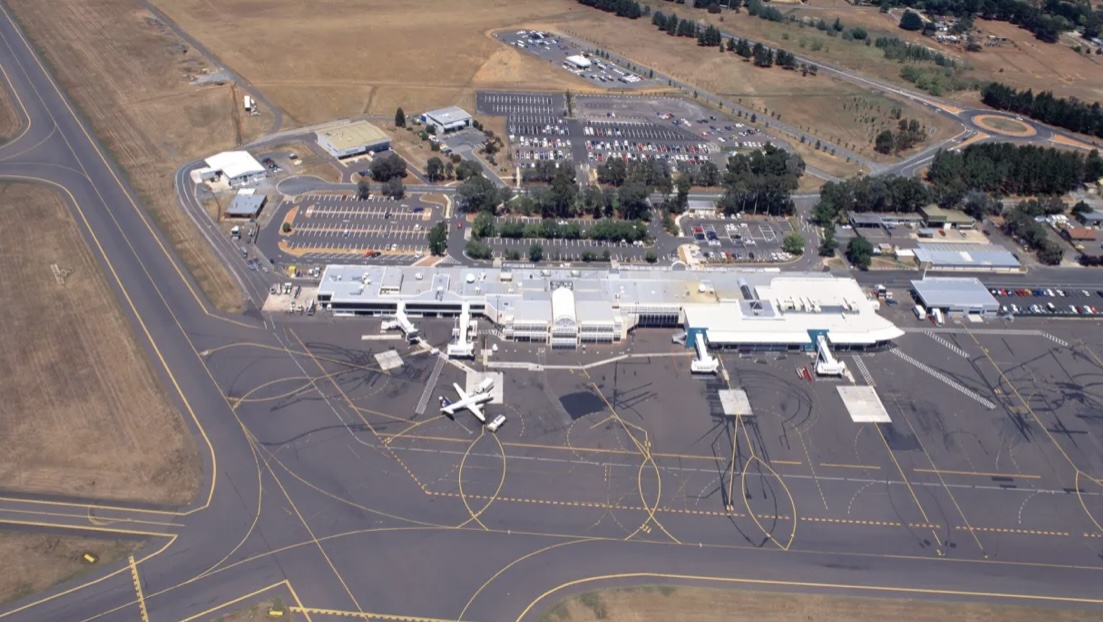 Canberra Airport from above, 1998.
Canberra Airport from above, 1998.
In 1998, the Australian Government sold Canberra Airport to Canberra businessman Terry Snow and his family. It was an airport with minimal facilities and rundown aviation infrastructure. The terminal alone had 42 different floor levels; having been renovated and added to so many times over the preceeding years.
In 1998, each end of the terminal was owned by an existing airline who had control over capital works. Major upgrades could not be undertaken.
Finally, when Terry Snow purchased the ex-Ansett end of the terminal from administrators, major upgrades could begin. First on the list was the construction of a major runway, apron and car park upgrades, a new hangar, development of a new entrance, and internal facilities.
The Airvolution: 2009 to 2013
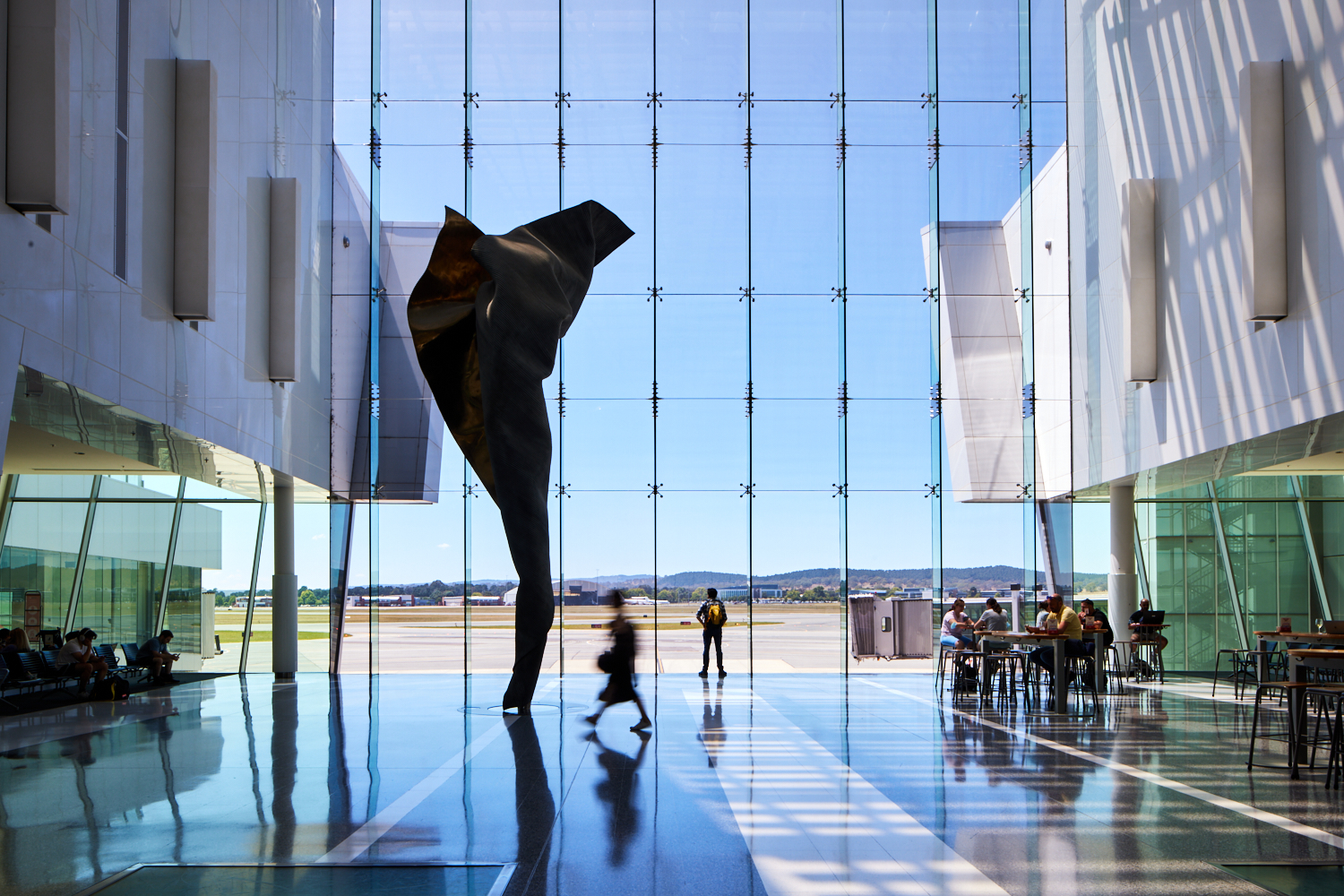
In 2008, negotiations with Qantas resulted in an agreement to develop an entirely new terminal on the existing site. By 2009, the Canberra Airport AirVolution had begun.
Canberra Airport’s AirVolution comprised of four elements:
1. Roads
A new, two-level, dual-lane, axial road system forms the new entry and exit road to the terminal. Just outside the airport boundary, Pialligo Avenue was also duplicated and connected to a the new entry road, using an overpass system allowing for an undisrupted flow of traffic.
2. Car parks
Five new car parks were constructed, providing a total of 3,700 car spaces. Two multi-storey structures were built, featuring state-of-the-art parking guidance systems to allow vehicles to be located.
3. Aprons
Four new aircraft parking positions were developed, and the gradual reconstruction of the entire aircraft parking apron increased its bearing strength for use by larger aircraft.
4. Terminal
The staged construction of a new 55,000sqm terminal building provided for:
- An increase in check-in counters to 44.
- A quadrupling of the size of the baggage handling system.
- 10 new aerobridges.
- Expanded security screening area.
- Over 7,000sqm of club lounge area.
- New retail, and food and beverage outlets.
With the opening of the new terminal on 13 March 2013, Canberra Airport became one of the most significant infrastructure projects ever undertaken in the ACT region, with a growing role as a national transportation hub, home to three commercial business parks and multiple retail destinations.
Canberra Aiport was named Australian Airport of the Year in 2002, 2007 and 2013.
The international age: 2016 and beyond
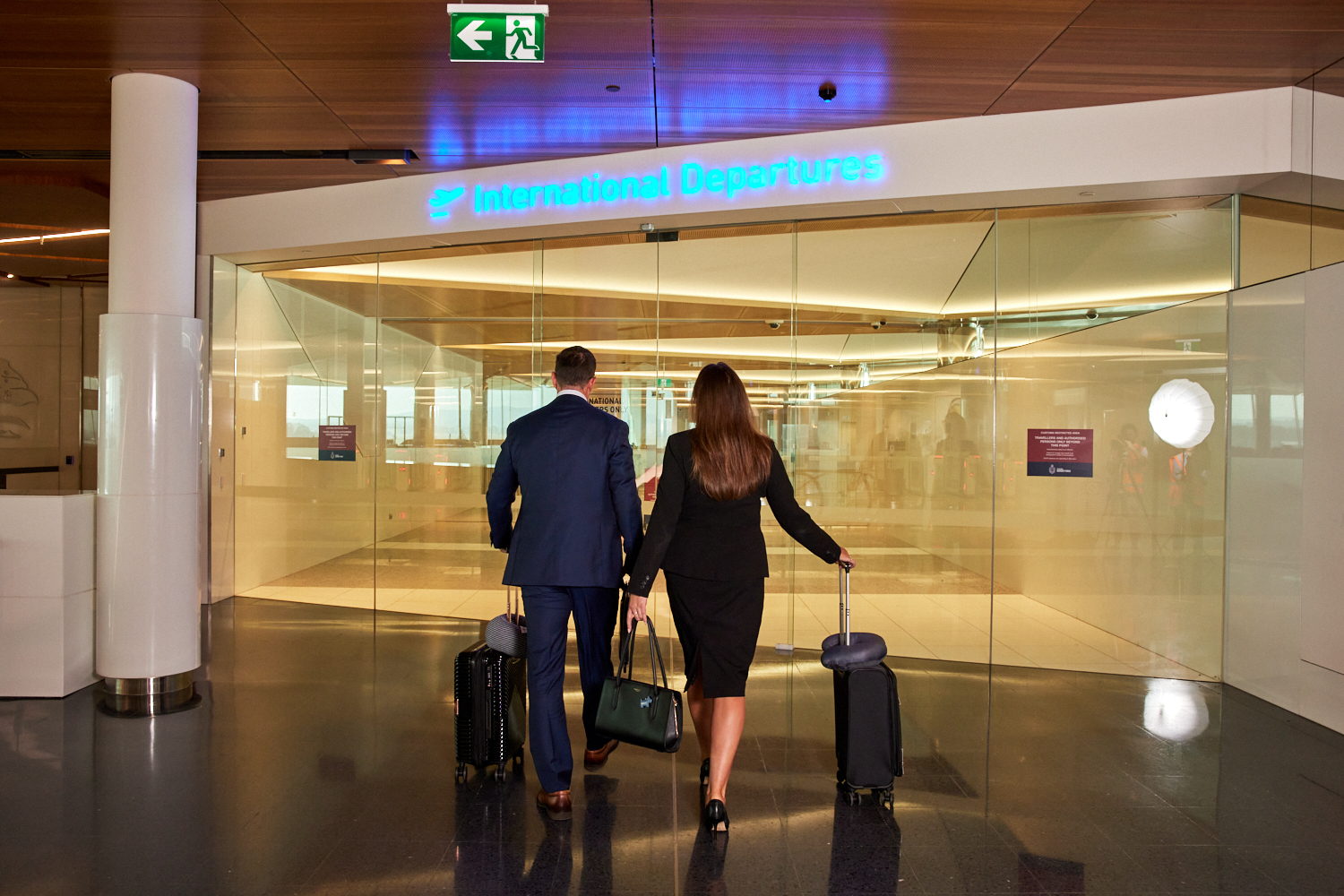
On 16 September 2016, Singapore Airlines flight SQ 291 touched down at Canberra Airport, ushering in a new era of international flights for the nation’s capital. In 2018, Canberra Airport welcomed a second international carrier, with Qatar Airways beginning international service between Canberra and Doha.
Sadly, when global pandemic COVID-19 occurred in 2020, international travel from Canberra Airport temporarily ceased.
Fiji Airways was the first airline to re-launch international travel from the capital, announcing it would commence a twice-weekly service from Canberra to Nadi from July 2023.
A bright future
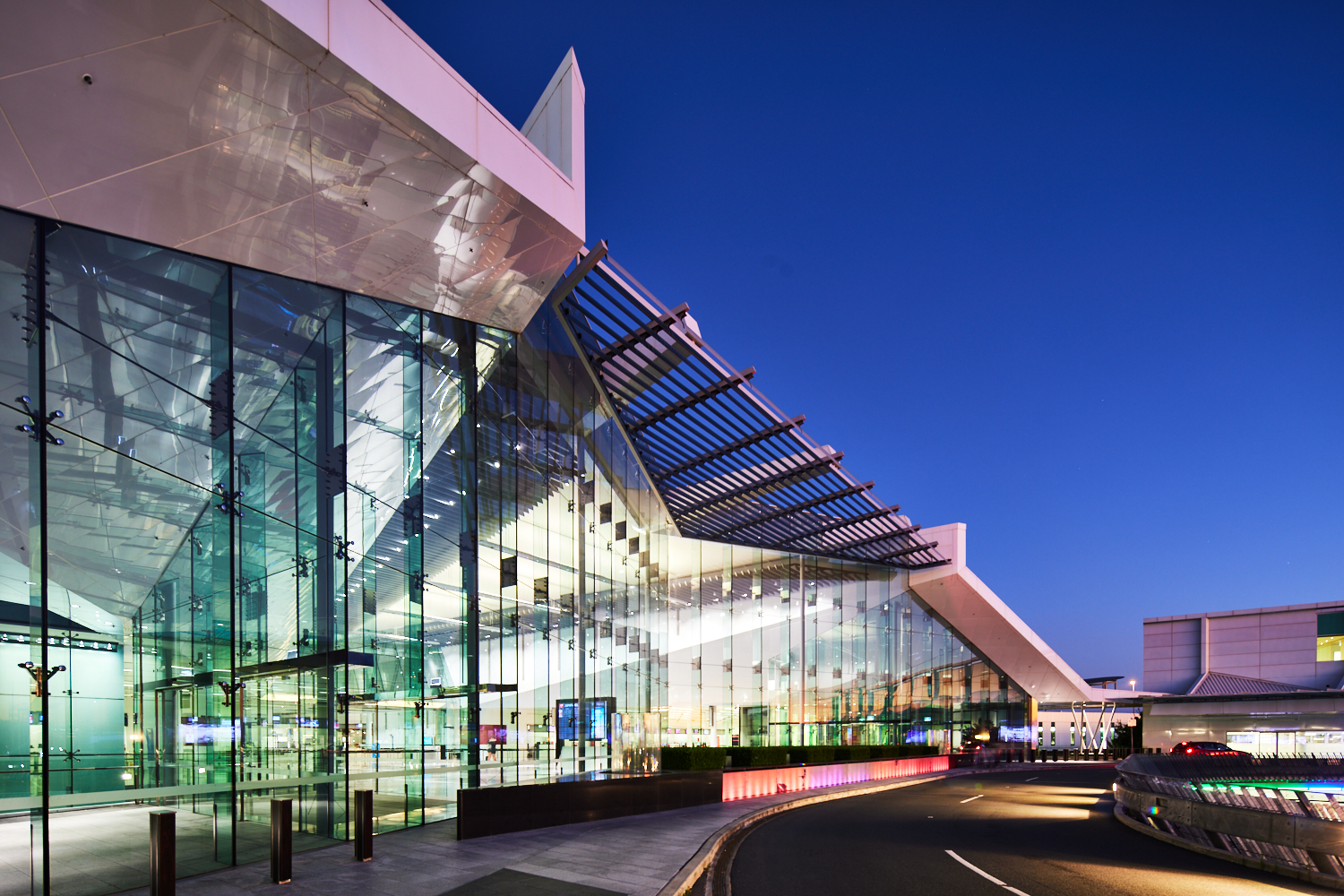
As Capital Airport Group celebrates 25 years in 2023, the future looks bright for our airport. With the return of international services, three thriving business parks and one of the most impressive airport terminals in the country, we’re well on the way to achieving our goal of becoming the Best Little Airport in the World.
But the hard work doesn’t stop.
We plan to continue to make air travel more and more accessible for Canberrans, with a focus on encouraging more international carriers, as well as low cost carriers, to the nation’s capital. And of course, we love welcoming visitors to Canberra.
Images on this page courtesy of the National Library of Australia and the airport's own collection.